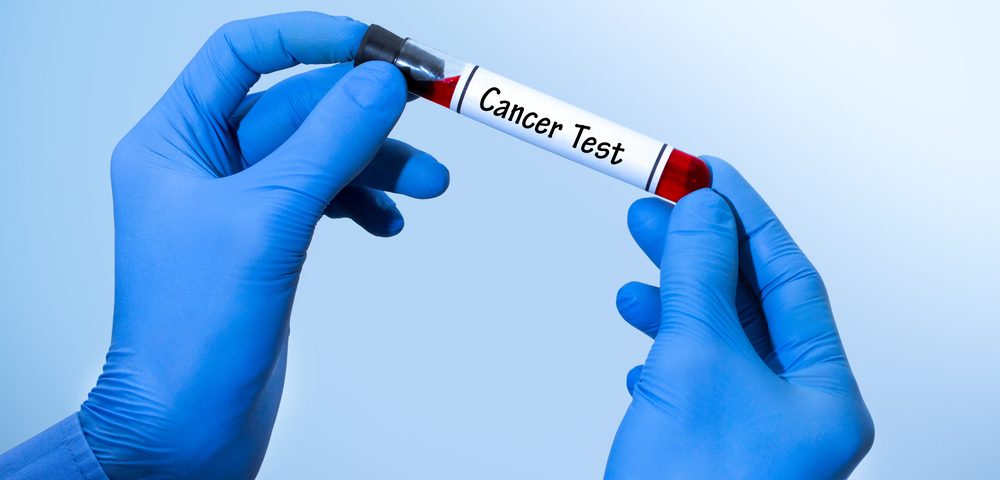A bacterial toxin-based blood test could help in the early detection of ovarian cancer, and function as a tool for monitoring treatment and disease progression in patients with advanced disease, a study shows.
The study, “Detection of N-glycolylneuraminic acid biomarkers in sera from patients with ovarian cancer using an engineered N-glycolylneuraminic acid-specific lectin SubB2M,” was published in Biomedical and Biophysical Research Communications.
The survival rate for patients diagnosed with early-stage ovarian cancer is over 90%, but because this cancer is usually asymptomatic at first, diagnoses often aren’t made until the disease has progressed past the early stage. Therefore, new tests that can detect early-stage ovarian cancer are needed.
“Ovarian cancer is notoriously difficult to detect in its early stages, when there are more options for treatment and survival rates are better. Our new test is therefore a potential game-changer,” professor James Paton, director of the University of Adelaide (Australia) Research Centre for Infectious Diseases, where the study was performed, said in a press release.
The team was particularly interested in a protein called human cancer antigen 125 (CA125). Most ovarian cancer patients have elevated levels of CA125 in their blood when they are diagnosed, but the protein is also elevated in pregnancy, endometriosis, and other non-malignant conditions.
CA125 is heavily glycosylated, meaning that sugar molecules are attached to it. Many of the sugars on CA125 end in N-glycolylneuraminic acid, which is often expressed in tumors but rarely in healthy tissue.
Thus, the team turned to an unorthodox source to detect this CA125 form: a bacterial toxin, specifically, the B sub-unit of the Shiga toxigenic Escherichia coli Subtilase cytotoxin (SubAB), which was engineered to specifically recognize and bind to these sugar molecules.
They employed a technique called surface plasma resonance in order to detect SubAB-bound molecules — so, in theory, malignant CA125.
The investigators first tested their system by adding increasing amounts of purified CA125 into normal blood and seeing whether they could detect it. They used a CA125-specific antibody as a positive control and found that both their SubAB-based system and the antibody could detect CA125.
Then, the researchers put their system to the test. They tested blood from healthy volunteers and from patients with varying stages of ovarian cancer (12 stage I, 11 stage II, 10 stage III, and 14 stage IV).
In the SubAB-based assay, scores for healthy blood were significantly lower than those for blood from ovarian cancer patients. Notably, all of the grade III and IV patients fell well outside the normal range; however, among stage I and II patients — three and five, respectively — fell within the normal range.
This is encouraging, because most ovarian cancer patients — even early-stage cancer — fell outside the normal range, but it also suggests that this test is not yet perfect.
The last test the researchers ran was to compare levels of CA125 in some of the blood samples, as detected by an independent group, to their results. Interestingly, they found that the two values did not correlate — that is, the majority of the signal that the Sub-AB-based assay detected was not actually CA125, but other molecules with the same unusual sugar characteristics. Further research will be needed to determine what these other biomarkers are and to refine the test.

